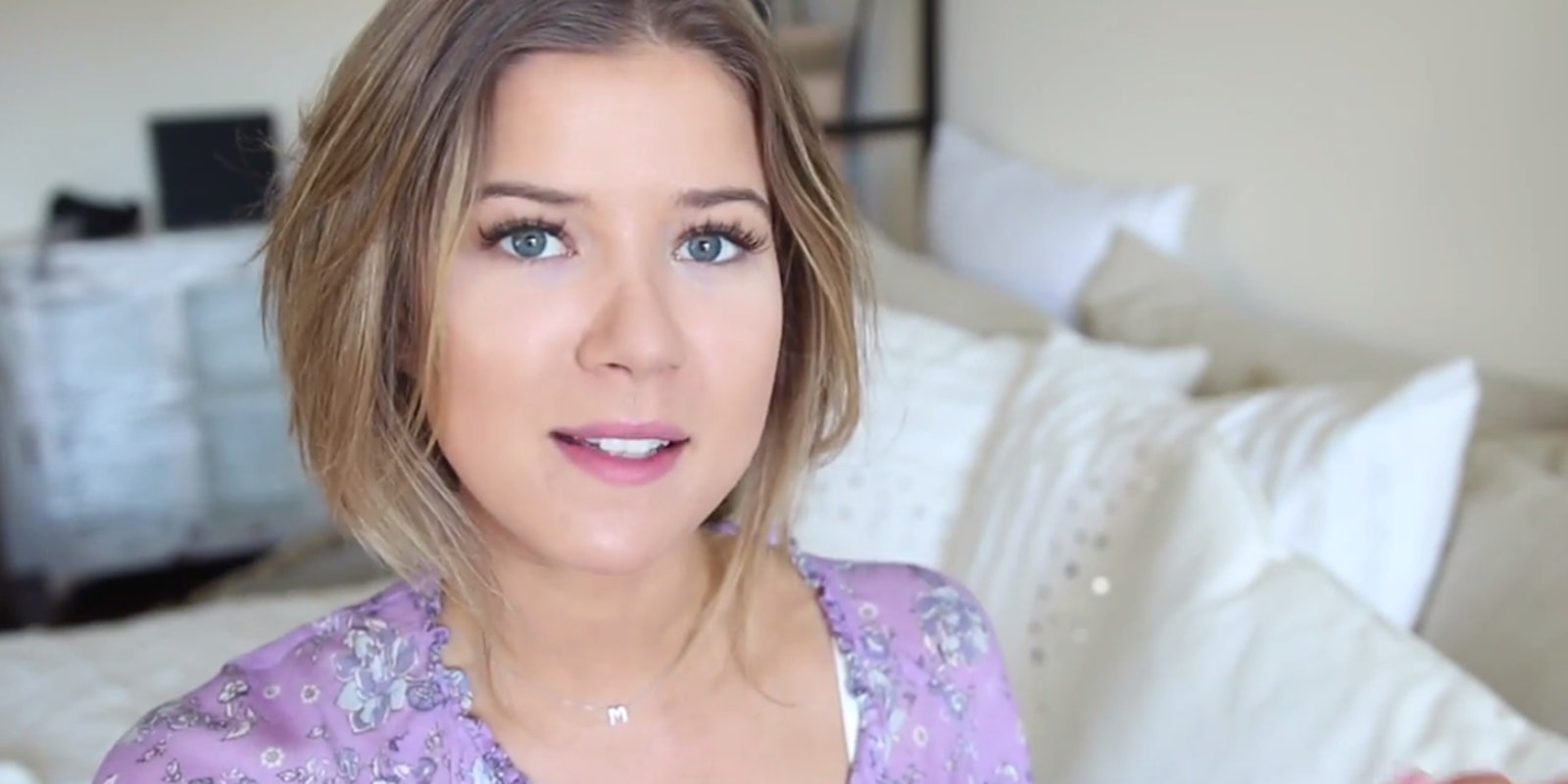In the age of Whatsapp, Snapchat, texting, and beyond, figuring out what’s acceptable behavior in a budding relationship is increasingly tricky territory for teens. To try to help them draw digital lines about appropriate behavior, the Ad Council and Futures Without Violence have just launched That’s Not Cool, a new public service campaign to help teens identify problematic behavior in relationships.
“With this issue in particular, dating violence, it’s sort of created a whole new set of tools where things can get out of hand,” said Ad Council Digital SVP Anastasia Goodstein of our plugged-in nature. “You can text someone 100 times in a day and suddenly that relationship that seemed like it was perfectly fine becomes one that is no longer perfectly fine. The whole campaign is about empowering youth to identity those behaviors and draw their digital line.”
YouTube, which has seen its own scandals around sexual misconduct and appropriate dating behavior within the community, is one of the three main components of the campaign. YouTuber Meghan Rienks, part of the Ad Council’s “Creators for Good” program, is launching a video to her 1.7 million subscribers that breaks down what’s “Cool” and “Not Cool” in a relationship.
“For me the actual concept came from inspirations of a lot of my other videos,” explained 21-year-old Rienks. “I pride my videos on being funny and lighthearted, but still being able to be able to talk about concepts that are serious. I wanted something that could make a difference and help [my viewers] understand [teen dating violence] in a way that might not come across in something so serious.”
The campaign also includes the Tinder-like CoolNotCool quiz and lives on Kik, the mobile messaging app dominated by young users. The campaign targets teens 13-18 who are entering romantic or intimate relationships for the first time.
“We know the best way to reach them is through these unconventional mediums like YouTube or Kik,” explained Yesenia Gorbea, a program specialist at Futures Without Violence, a partner in the campaign. “We’ve learned through our experience with more conventional advertising campaigns that when you want to reach teenagers, you need to reach them where they are at.”
Kik users will see the option to add the promoted chat on the app, on the same page where they go to add new friends. For fans looking to chat with the campaign, simply add “thatsnotcool” on Kik. Users who choose to engage with the account can start messaging to receive content that walks them through different scenarios to determine what is “cool” or “not cool” in a relationship.
“We have a philosophy not to be interruptive, invasive or annoying,” said Anthony Green, emerging partners lead at Kik. “We’re of the attitude that the user should control the experience. Social media has turned into a broadcast mechanism, for the most part. The difference with messaging like Kik is that it is private and one-to-one.”
The scenarios deal with issues of teen dating and the digital world—texting a significant other constantly, for example, or asking for a Facebook password to make sure other people aren’t flirting with that significant other. The couples in the scenarios are diverse, with LGBTQ+ and straight couples both represented, as well as a wide range of racial and ethnic representations in the art that accompanies them. The scenarios were developed by Futures Without Violence through its work with actual teens and questions and concerns brought up on other chat platforms throughout the “That’s Not Cool” campaign.
“We’ve actually gotten a lot of questions from young people, [and] we came up with a list of potential keywords and questions that young people might be asking,” explained Gorbea. In addition to answering those questions, the team “also created responses for more serious questions. We’re then going to be directing them to the Love Is Respect crisis line if they really need help.”
For Ad Council, the decision to focus on YouTube and Kik for this campaign was an easy one.
“YouTube is becoming the new TV for this audience,” said Goodstein, noting that teens’ experience is increasingly mobile as well, which led to the Kik tie-in. “It made sense for it to be something they can do completely on their phones, and to partner with a messaging platform.”
If you are a victim of domestic abuse or want more information on domestic violence and resources for victims, contact the National Domestic Violence Hotline online or at 1-800-799-SAFE (7233).
Screengrab via Meghan Rienks/YouTube



